Critical Appraisal of a Research Article: Diabetic Foot Ulcers
VerifiedAdded on 2022/09/28
|5
|736
|33
Report
AI Summary
This report presents a critical appraisal of a research article focusing on the efficacy of dehydrated human amnion/chorion membrane allograft (dHACM) in the treatment of chronic lower extremity ulcers, particularly in patients with diabetes. The appraisal includes a detailed examination of the rationale, research question (PICO(T) framework), internal and external validity, and overall impression of the paper. The internal validity assessment utilizes the Cochrane Risk of Bias Tool, evaluating study design, interventions, and outcomes. Precision of the estimate is considered, including sample size, missing data, and confidence intervals. External validity is analyzed using the PRECIS tool. The report concludes with an overall assessment, noting the paper's strengths and potential for adoption into clinical practice. The study's findings suggest that dHACM is effective in treating diabetic foot ulcers, and the appraisal provides a comprehensive overview of the study's methodology and conclusions. The report also includes references to supporting literature.
1 out of 5
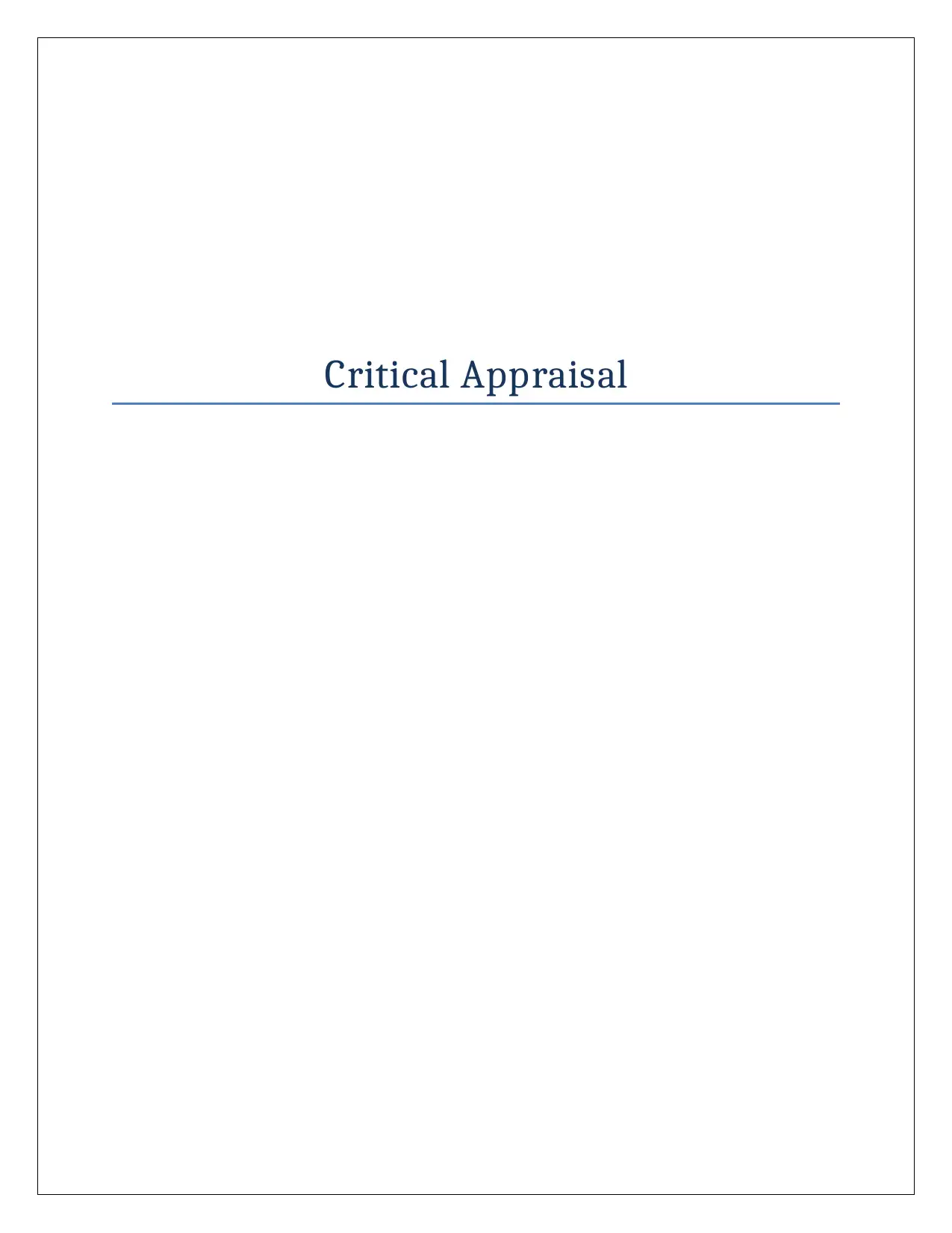
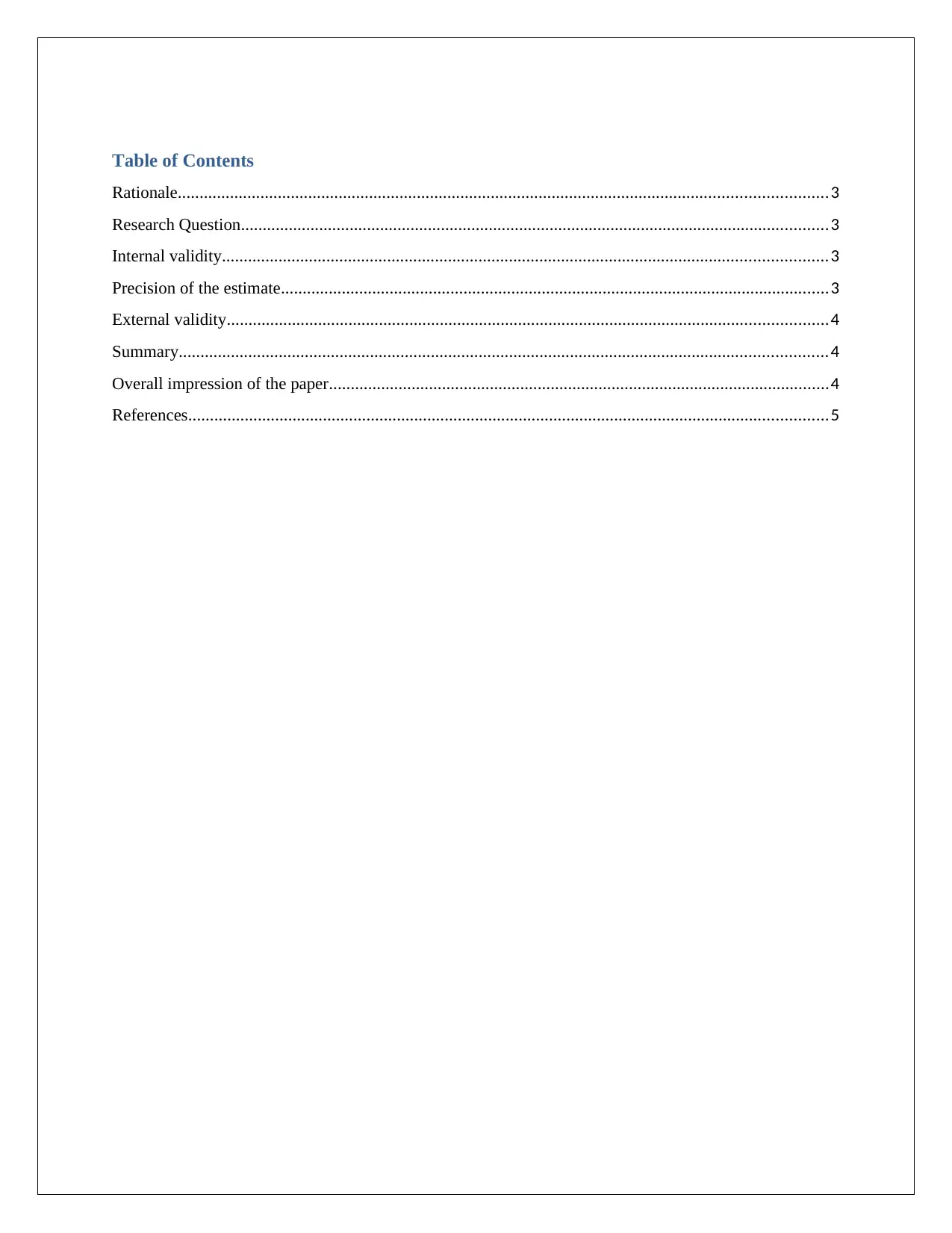
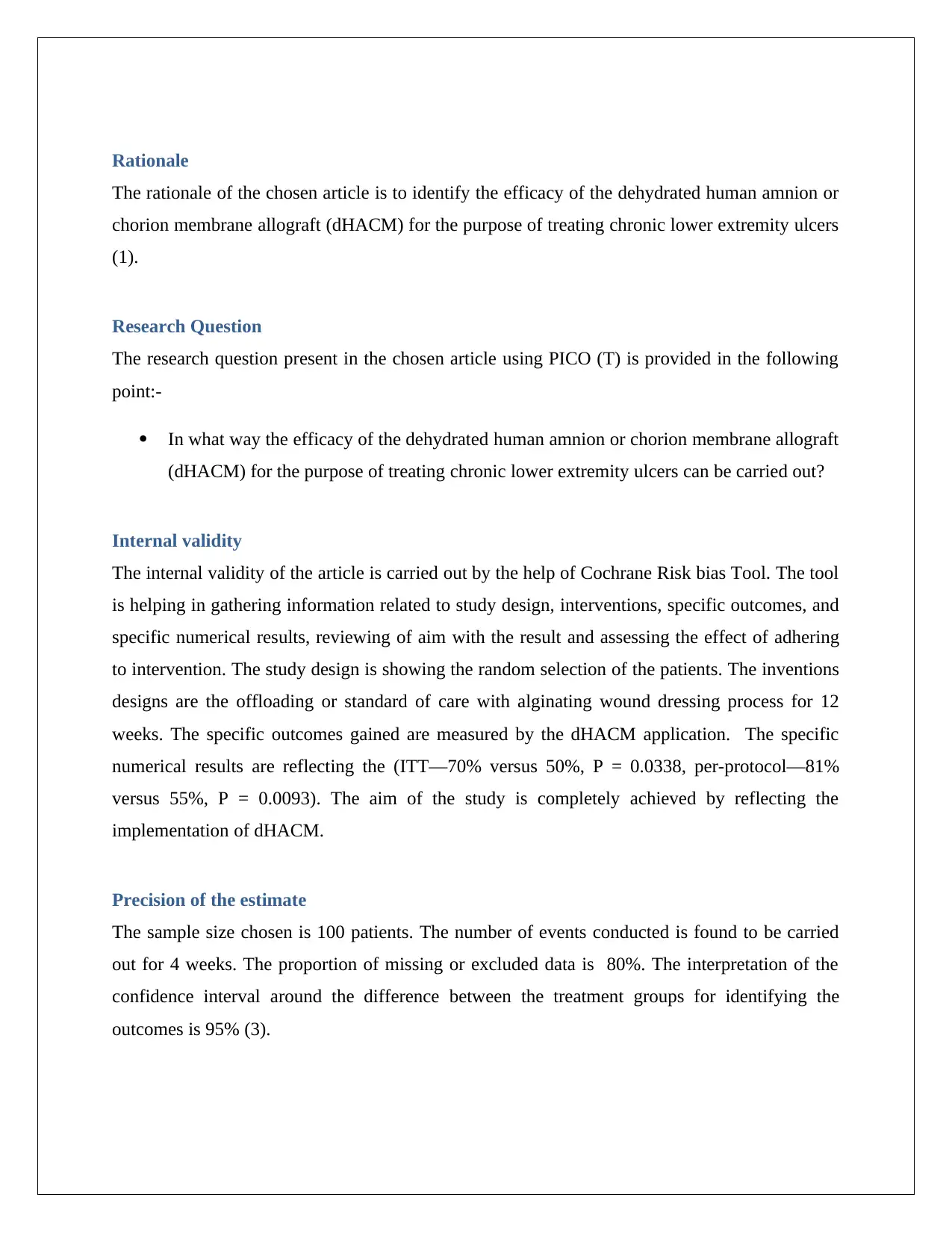

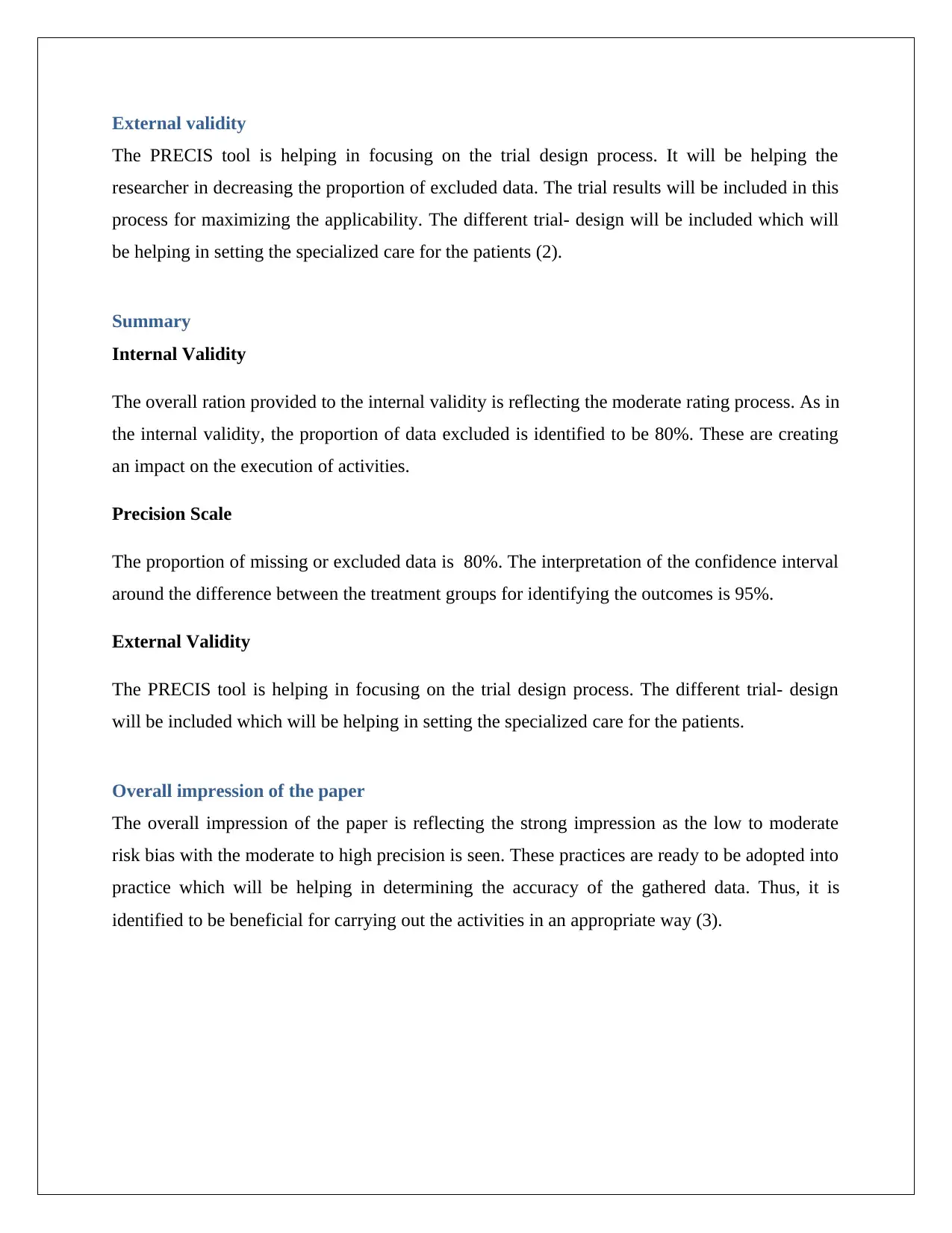
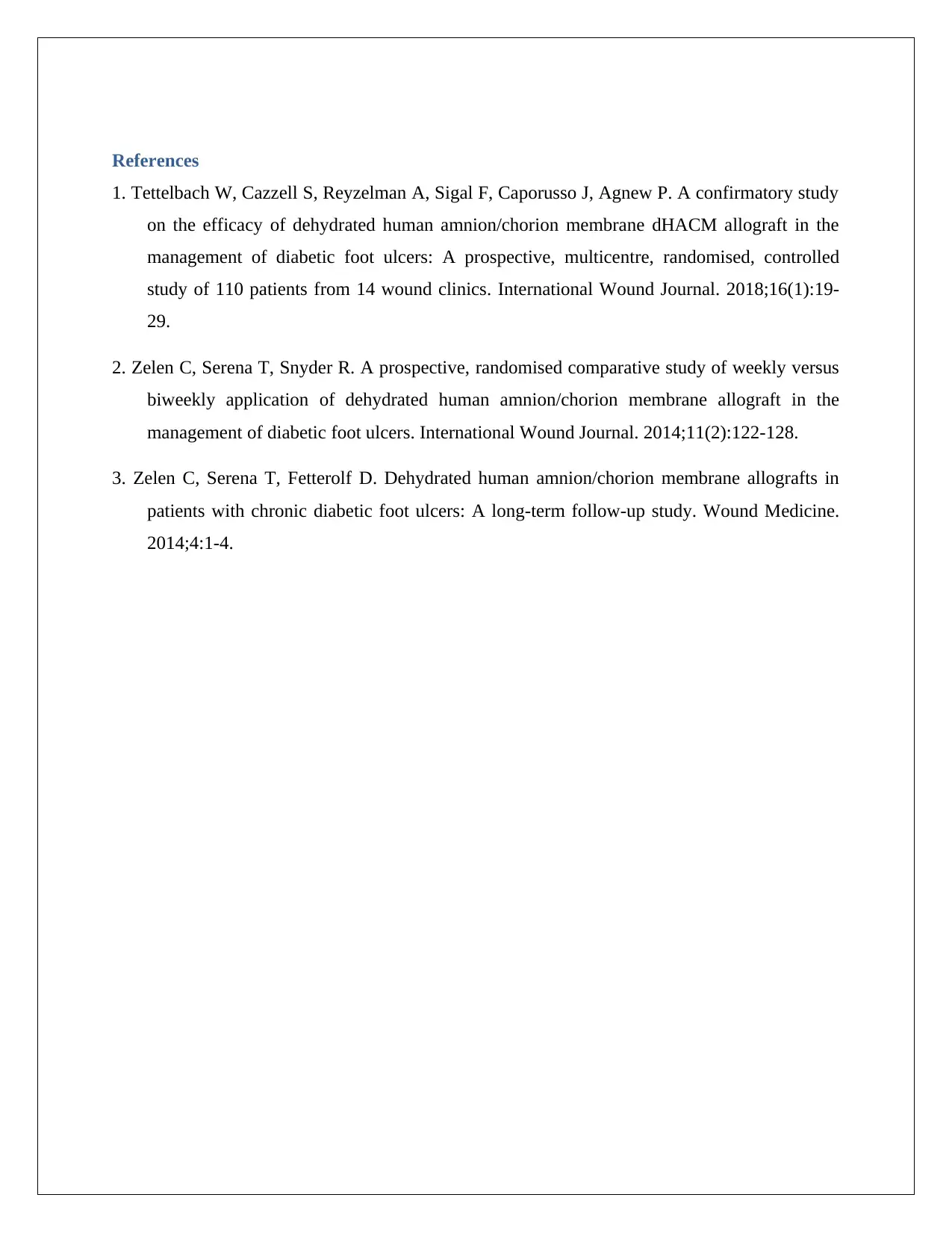
![[object Object]](/_next/static/media/star-bottom.7253800d.svg)